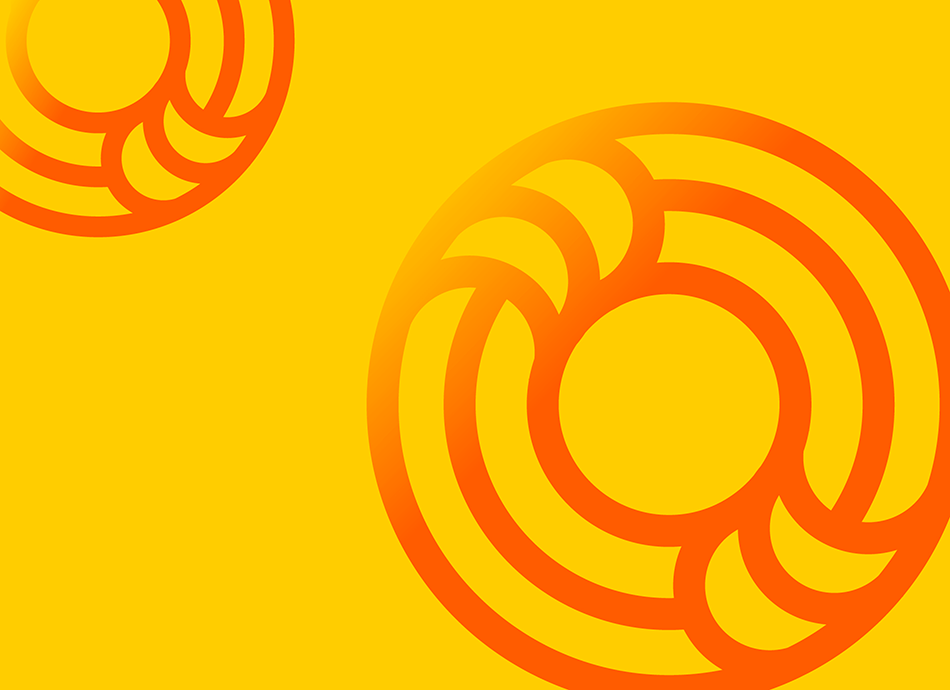Before choosing an app, think about how it will benefit you and what you want it to be able to do.
- An app will only be helpful if you use it, so it needs to be something you like using and find easy to use.
- If you find the app difficult to use, or you don't like the imagery or look of it, or the language it uses, you may want to find another one that suits you better.
- For more guidance on how to choose health apps, see how to choose a health app. Also see below, pain management apps – help me choose.
- It's important to remember that apps don’t replace professional help or your healthcare provider's advice.
| App |
Features |
Clinical review |
|
Pathways Pain Relief

|
- Diary.
- Tracking.
- Reminders.
- Statistics.
- Available from iTunes.
- Cost: free (basic); paid upgrade.
- Read more about Pathways Pain Relief.
|

|
|
|
Chronic Insights
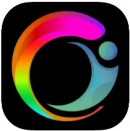
|
- Diary.
- Tracking.
- Graphics.
- Reporting.
- Available from iTunes and Google Play.
- Cost: free (basic); paid upgrade.
- Read more about Chronic Insights.
|

|
|
|
painTRAINER
 |
- Online coping skills programme.
- Evidence-based.
- Interactive.
- Education and information.
- Available from web browser.
- Cost: free.
- Read more about painTRAINER.
|
If guided by a relevant health professional with phone or email follow up, or self-guided for highly motivated patients.

If self-guided (due to high risk of non-adherence; however, even completing one session could be helpful.)

|
|
|
Curable
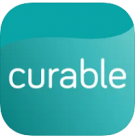
|
- Education and information.
- Practical exercises to manage pain.
- Goal setting and tracking.
- Reminders and app community.
- Available from Google Play and iTunes.
- Cost: free (basic); paid upgrade.
- Read more about Curable.
|
Free version

|
|
|
Recognise Foot app
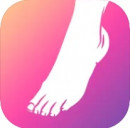
|
- Tracking.
- Graphs and reporting.
- Data exports.
- Available from Google Play.
- Cost: free(basic); paid upgrade.
- Read more about Recognise Foot app.
|

|
|
|
Manage my Pain
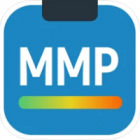 |
- Pain log.
- Symptom tracker.
- Trigger recording.
- Graphs and reports.
- Reports for sharing.
- Requires upgrade for more features.
- Available from Google Play.
- Cost: free(basic); paid upgrade.
- Read more about Manage my Pain.
|

|
|
Pain management apps - help me choose
There are a variety of apps aimed at supporting people with chronic pain. These apps differ in their features and functionality and choosing between the apps is challenging because many of them have been developed without any input from healthcare professionals or undergone objective assessment. A study by Devan et al, 2019(external link) considered the following attributes to be desirable in apps for pain self-management.
- Self efficacy building where the user is given information on self-management or active coping strategies to improve their ability to control their behaviour ( CBT approaches). For example the app has information and education on pain, activity pacing, exercises, relaxation and breathing, meditation and mindfulness and distraction techniques.
- Self-tailoring where information and support is based on the users symptoms and needs.
- Self-monitoring of symptoms to help users monitor their symptoms, mood, thoughts, and pain intensity using features such as thought diaries; daily activity tracking and pain diaries.
- Goal setting and planning so users can identify, log and track meaningful emotional, physical and social goals such as planning daily activities or planning a specific activity goal.
- Problem solving where users have a plan for dealing with stressful or challenging situations such as having a plan for dealing with flare-ups.
- Partnership between views of patient and clinicians to encourage users to interact with their health care provider and be involved in decision making, by including information or training on assertive communication with health professionals.
- Social support where users have access to others living with persistent pain, to provide emotional, informational, and appraisal support, eg, a chat group or online community.
- Cultural relevance where it includes information tailored to cultural beliefs and diverse groups for example has information relevant to different ethnicities, or disabilities.
The study found the following apps to have the largest number of features to support the self-management of pain. The authors noted that none of the apps provided culturally tailored information.


